AFF Celebrates Earth Day Through #TreeFeatures (Part 2)
As part of our #TreeFeature Campaign, AFF is showcasing the MVPs of the forest – trees that fight climate change by capturing and storing carbon and protecting the health of flora and fauna alike in their ecosystems.
Part 1 showcased Hall-of-Famers Black Chery, Quaking Aspen, and White Oak. In Part 2, we’ll get the rundown on sluggers Red Elm and Sugar Maple. In a heated vote that took us to the bottom of the 9th, AFF team members selected the organization’s Earth Day Tree of the Year: Sugar Maple!
Red Elm (Ulmus rubra)
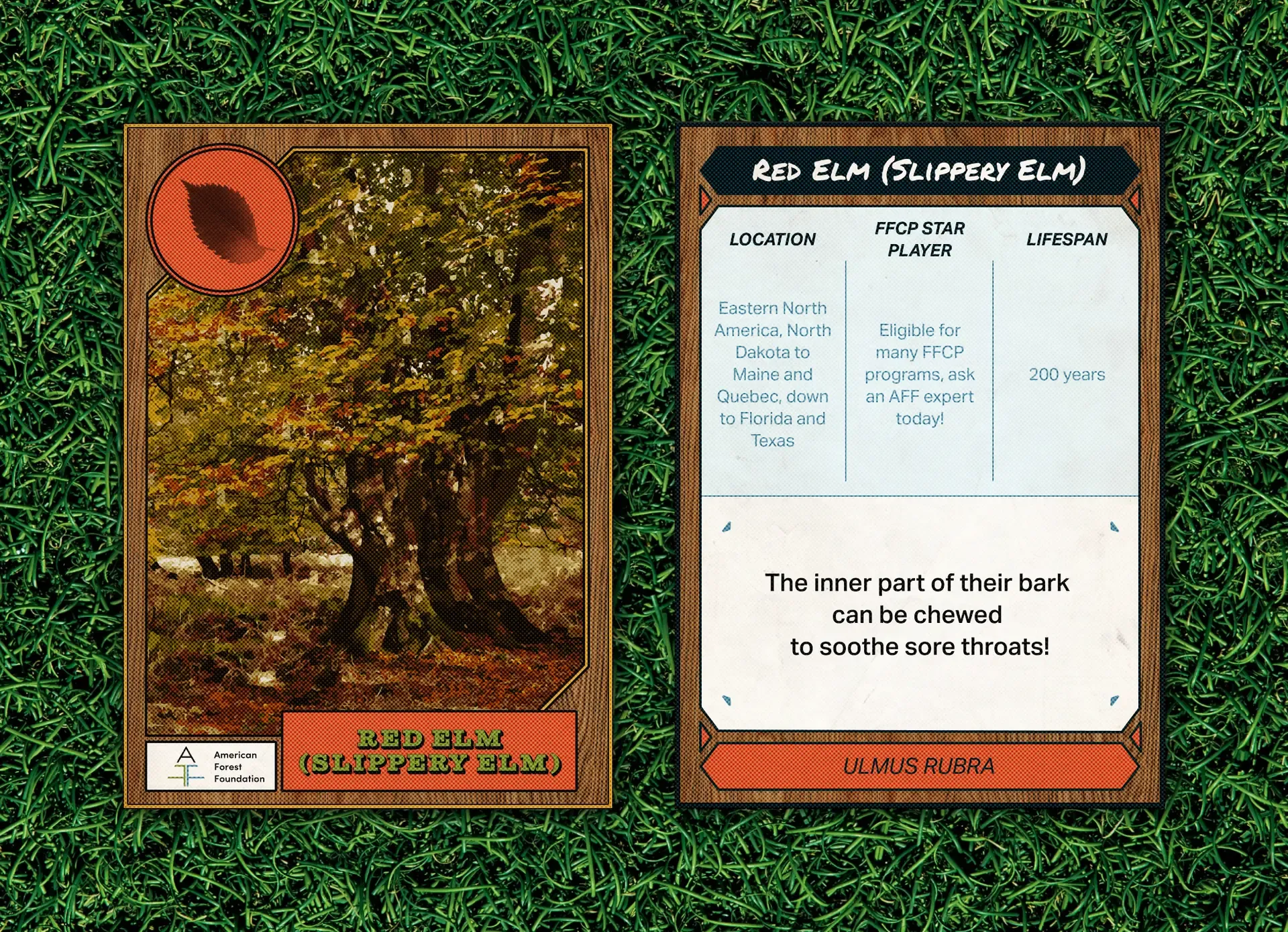
The red elm is native to Eastern North America. You can find this tree from North Dakota, east to Maine and Quebec, south to Florida and over to Texas. Red elms can live to about 200 years.
FLORA & FAUNA:
This elm is no bush leaguer when it comes to wildlife habitat generation. Because of their dense canopies, red elms are often used as a nesting site by birds while their seeds and buds provide both birds and rodents with food. Deer and rabbits often feed on saplings, and pollinators like moths and butterflies use it as a host during their larval stage.
Red elm can be found alongside hardwood species in most forests it occupies. It is a prominent part of diverse forest environments, constantly growing and interacting with the trees surrounding it. Most often they are found in dryer sites. Red elms will primarily be found in stands with oaks, maples, hickories, pines, birches, and cherries.
This tree species serves a primary ecological benefit as a food source for birds and mammals. Their dense canopy allows for the protection of nesting birds from large predatory raptor and owl species. But there’s competition on the field! Snakes try to steal bases and can hide in the foliage to raid nests. The red elm supports a diverse host of fauna and flora species which increases the overall biodiversity of the environment and benefits the forest ecosystem.
RISKS:
Dutch elm disease, a fungus spread by beetles from tree to tree, spread rampantly throughout North America in the early 1900’s and we are still observing the effects of that devastation today. Red elms are also susceptible to phloem necrosis, wetwood, wilt, rots, and insect infestation.
FUN FACT:
The red elm can be easily identified by the rough, sandpaper texture of their leaves. They also contain a spongy or corky bark with a uniform reddish-brown bark cross-section. The inner bark of this tree can be cut out and chewed on to soothe your throat!
Red elm can be enrolled in three FFCP practices: Growing Mature Forests in the Central Appalachian Region and both Growing Older Forests and Enhancing Your Woodlands in the Northeast.
Learn more about FFCP today!
Sugar Maple (Acer saccharum)
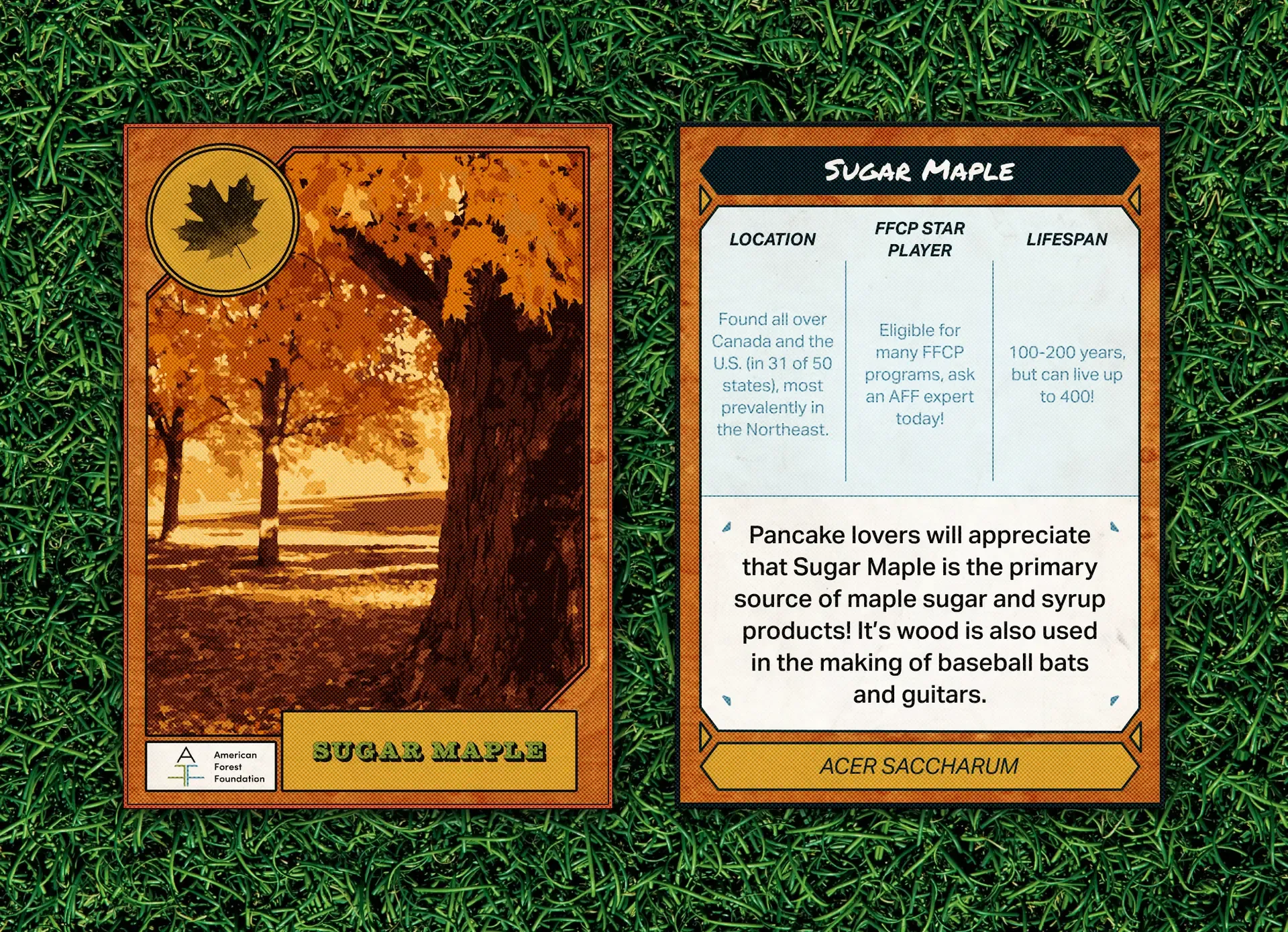
Coming in as AFF’s 2023 Earth Day Tree of the Year, The sugar maple is found in forests all over the U.S. and Canada. It grows in 31 of the 50 states and is most prevalent in Northeast forests. The average life of a sugar maple is 100-200 years, but they can sometimes live up to 400 years!
FLORA & FAUNA:
Mammals will browse the seedlings and young sugar maples. This maple is on the menu for animals such as deer, moose, and snowshoe hare. Squirrels will also eat the seeds, called samaras or helicopters.
Sugar maple is prevalent in many forest and habitat types. It is a prominent part of diverse forest environments, constantly growing and interacting with the trees surrounding it. It's found with tree species such as oaks, birches, pines, elms, and others.
Sugar maple is the primary source of maple sugar and syrup products. Maple products, especially syrup, are an important food product for many in North America and pancake lovers worldwide.
RISKS:
Sugar maple is host to many insects such as aphids, borers, and defoliators. In particular, this maple is host to the spongy moth, tent caterpillar, linden looper, and cankerworms. These insects can affect individual trees or entire forests. Depending on the level of infestation, these insect species can lead to growth loss, or even death, for sugar maple trees.
FUN FACT:
When harvested, sugar maples generate beautiful and important wood used in furniture, cabinets, and guitars. Its veneer is even seen in luxury vehicles. This team captain also generates the wood use to make 50% of pro bats in the MLB!
Forests with sugar maple can be enrolled in all of the regional practices available, with the exception of the Promoting Diverse Forests practice in the Midwest.
Learn more about FFCP today!
Related Articles
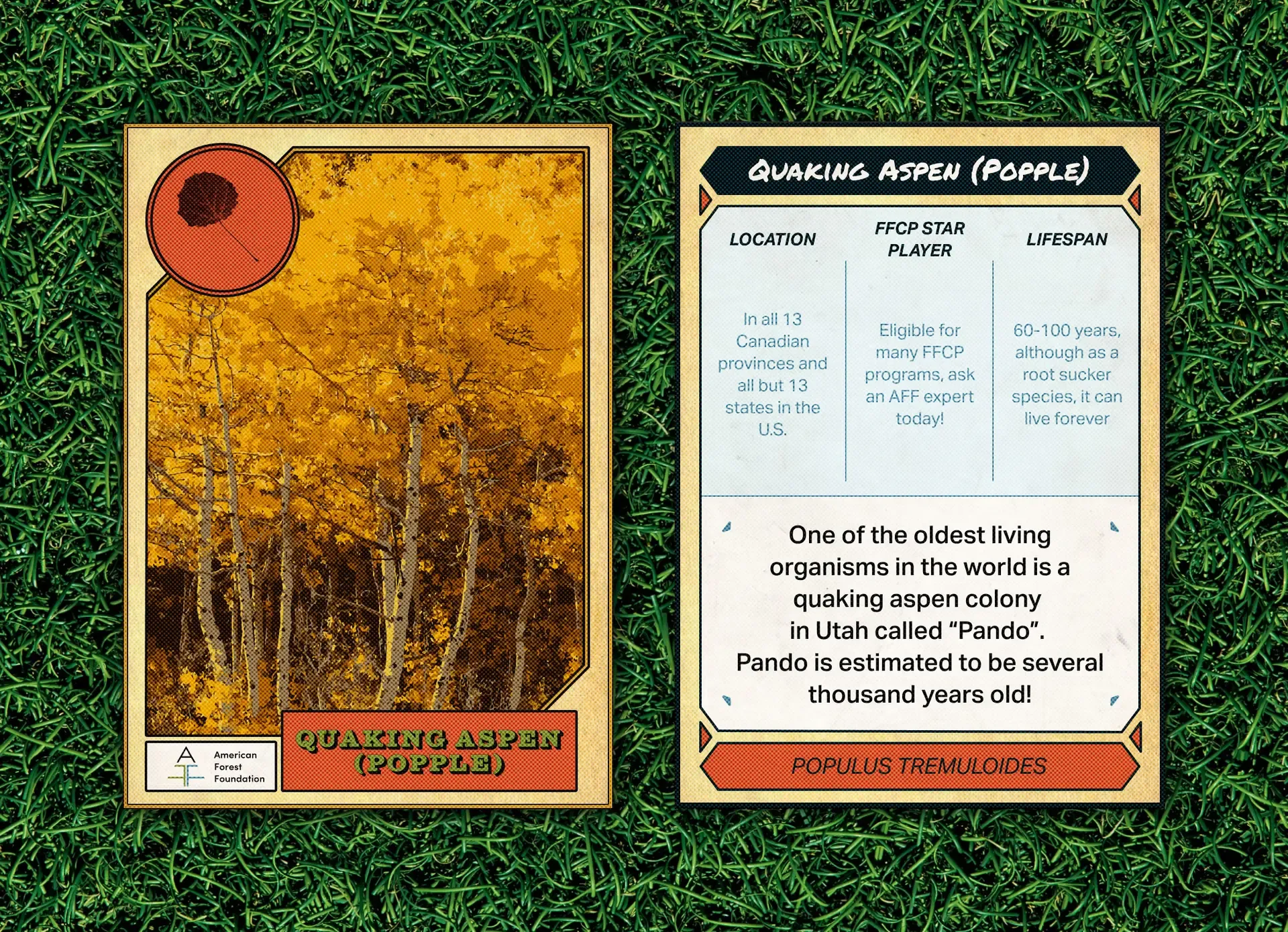
April 21, 2023
AFF Celebrates Earth Day Through #TreeFeatures (Part 1)
Over the next few days we’ll take you out to the forest with our #TreeFeature series. We're showcasing 5 unique trees across AFF's social media and highlighting their importance in their native ecosystems! We've chosen Black Cherry, Quaking Aspen, White Oak, Red Elm, and Sugar Maple as our 2023 Earth Day Hall-of-Famers.
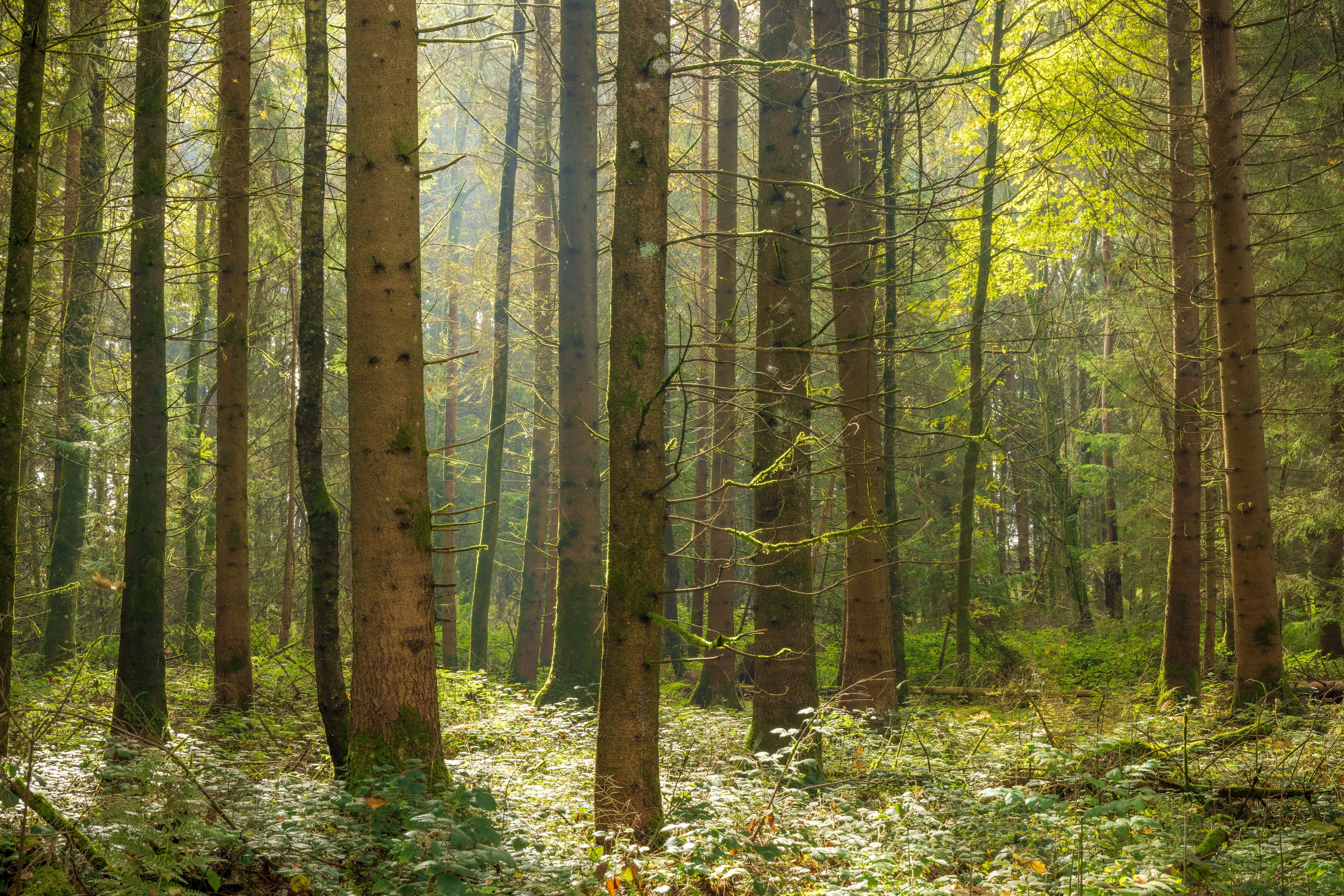
December 4, 2025
Forest Carbon Project Issued First Ever Credits
Conservation organizations the American Forest Foundation (AFF) and The Nature Conservancy (TNC) announced today the issuance of improved forest management (IFM) carbon credits to the Family Forest Carbon Program (FFCP) from standards setter Verra under its Verified Carbon Standard (VCS) Program. This marks the first issuance of credits produced using Verra’s VM0045 improved forest management (IFM) methodology, which was co-developed by Verra, AFF, TNC, and TerraCarbon.
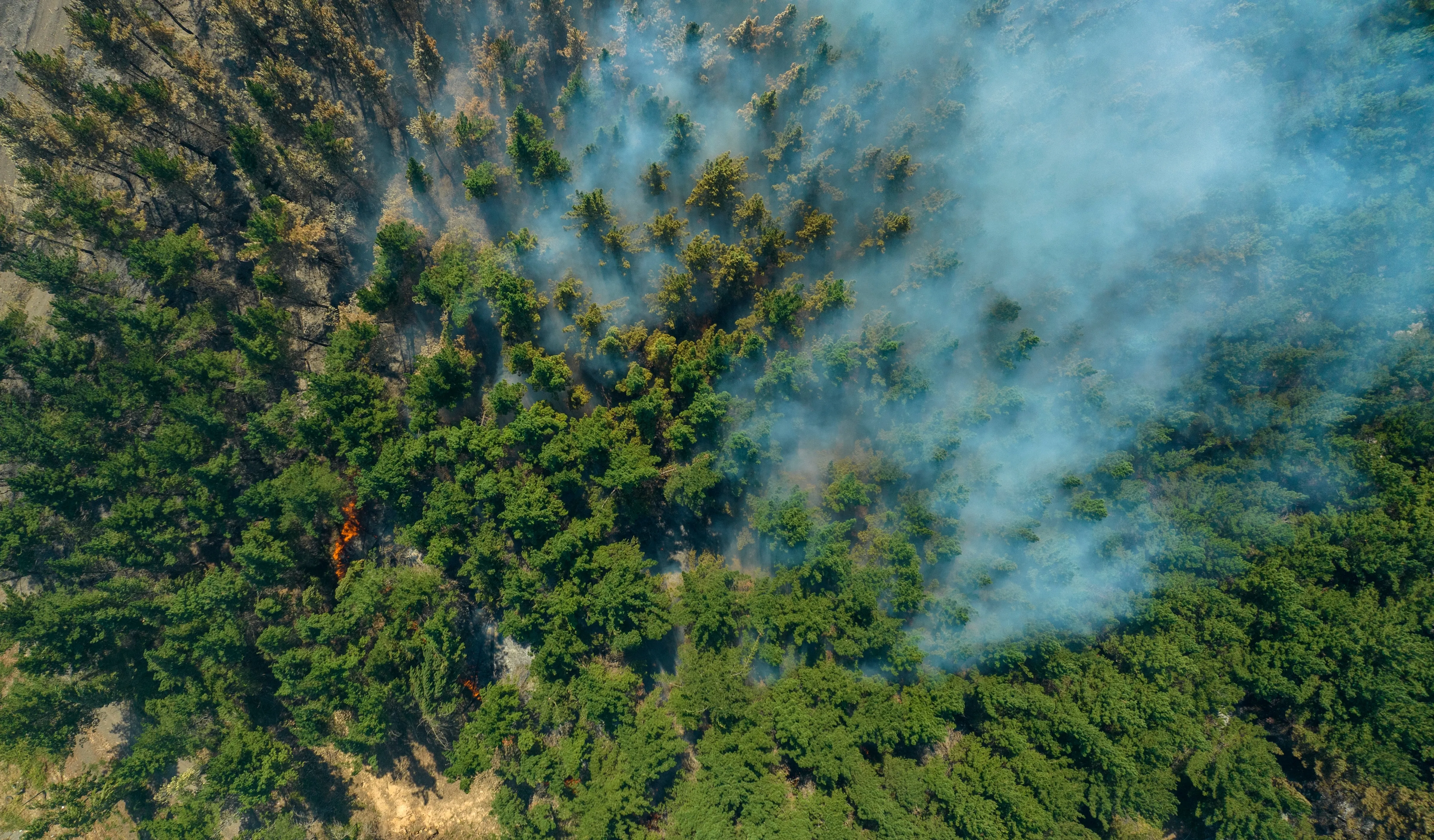
December 1, 2025
Tackling Wildfire Through Partnership: AFF’s Stacked Benefits Model
A few miles outside Grass Valley, California, a narrow road winds past homes tucked into dense forest. From the ground, it is easy to forget that these trees are doing something extraordinary. They are standing between the community and the next wildfire.